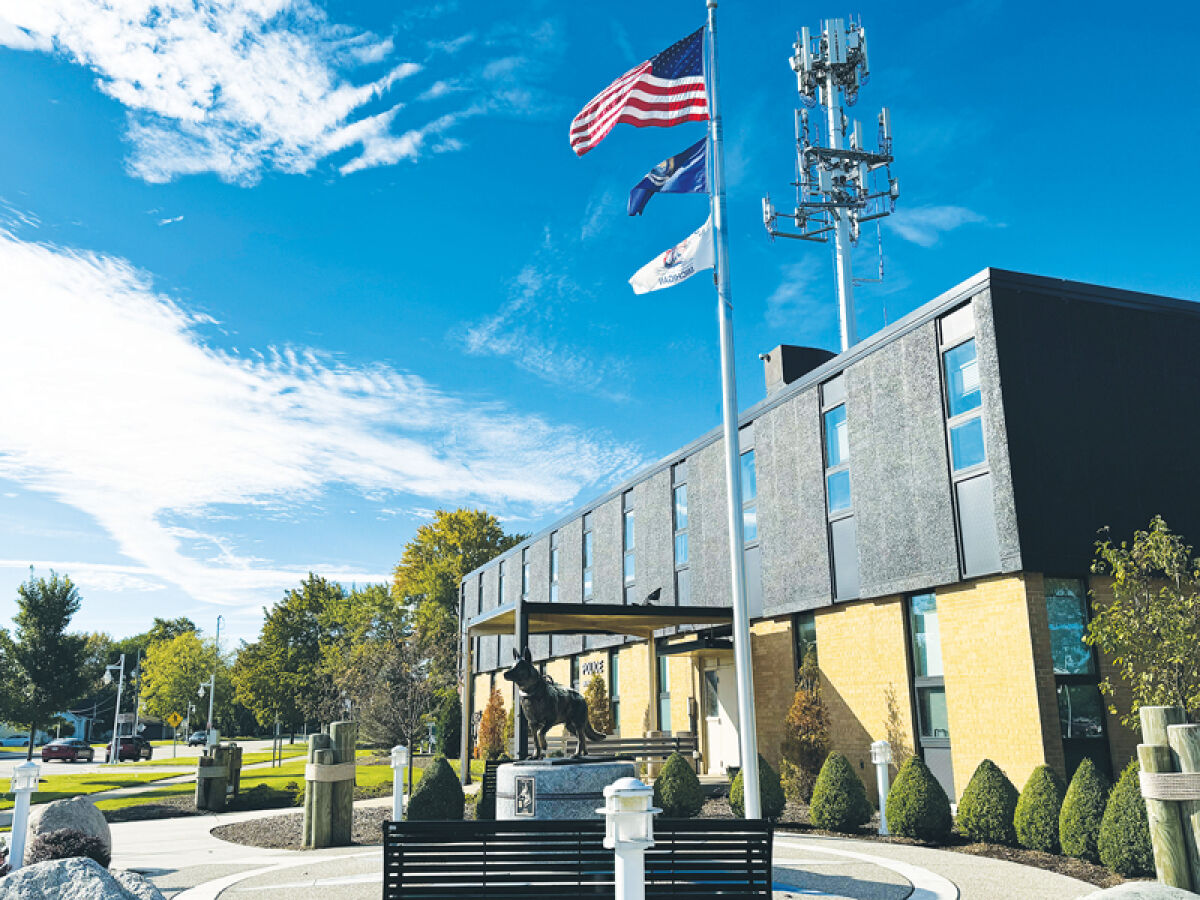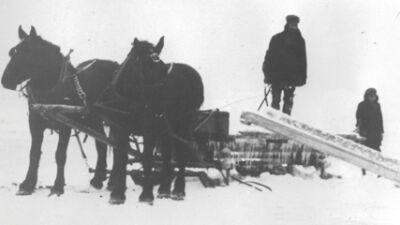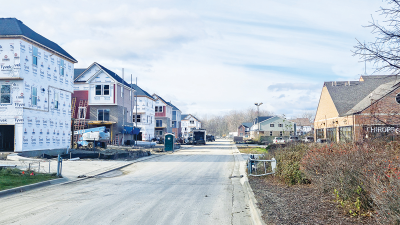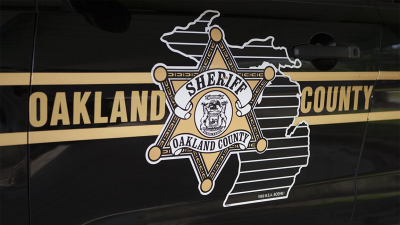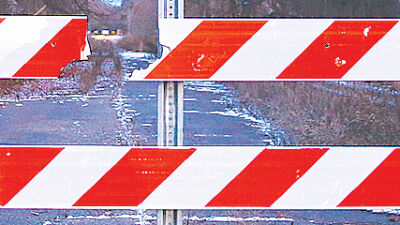ST. CLAIR SHORES — Residents can contact 911 dispatchers in a variety of ways, but there is one thing you should always tell them immediately: your location.
South East Regional Emergency Services Authority Executive Director Tony Leese said that is the most important piece of information to give first responders. Whether a person is calling for themselves or on behalf of somebody else, any caller needs to know the address.
“That way, information can be entered quickly on our end into the system and we can get help out,” Leese said.
If an address is not available, an intersection can also work.
People can call 911 dispatchers and they can also text. Leese said the motto is to call if you can and text if you can’t.
“Texting takes longer to decipher information back and forth,” Leese said. “But it does have very useful cases for it.”
Leese explained texting is useful in situations where people are trying to hide from an aggressor. He stressed the importance of knowing the location and what is going on once more.
“It’s important to use sentences and words and not, you know, say emojis or anything like that,” Leese.
St. Clair Shores Fire Chief James Piper said he thinks people do know about texting 911 but it’s not as common.
“Most everyone just does everything on their phone nowadays and that, so I think more people will start to do it,” Piper said.
He also said texting helps the deaf and hard of hearing community, and makes things easier.
If a person presses the quick emergency link on their phone, Piper said, dispatchers will call back to figure out if there is a true emergency occurring. Depending on the circumstances, they might ask the police to complete a welfare check.
“They don’t just go, ‘Hmm, that’s weird. No one’s talking,” Piper said. “They have steps over there at SERESA and other 911 centers where they follow up and try to get to the bottom of it if it was an accident or what have you.”
People who have relatives or friends in another state experiencing an emergency can call their local dispatcher and they can transfer that information.
“Say you’re in Arizona and you need to call 911 on behalf of your grandmother who lives in Michigan. It’s almost easier to get the city that they are (in), the city that they are a part of,” Leese said. “Google that information and call their nonemergency line.”
Leese said the 911 line can transfer, but they’d look up the information the same way.
Piper also emphasized knowing the location. He also said callers should stay calm, cool and collected. If it’s a medical emergency, dispatchers have a set of steps to walk callers through until emergency services arrive. Piper said around 75% of the calls received at the St. Clair Shores Fire Department are medical-related.
SERESA uses a program called RapidSOS which, Leese said, interfaces with a smartphone. He compared this system to the location services of Uber that locks onto a customer’s location based on data in a cellphone.
“What RapidSOS does is it allows the information, that sort of data that’s in your cellphone, to populate in front of a dispatcher using a third-party over-the-top application that better pinpoints location accuracy,” Leese said. “Versus what we have available in our current 911 system which is the triangulation of cellphone towers from a wireless call.”
The data is stronger when connected to a stronger Wi-Fi and allows for a more accurate location.
“RapidSOS, it securely links lifesaving data from connected devices, meaning devices that are connected to the internet, and interfaces with 911,” Leese said.
There is a movement in Macomb County to change to an internet network for emergency services called EzzyNet. Leese said he anticipates moving to that internet connection in the next couple years.
“That will open a lot more ability to see different ways 911 can process data as well as a more redundant network that’s interconnected throughout the state,” Leese said. “So that if something gets cut, a fiber path gets cut somewhere along the way it automatically texts those cuts and can reroute through another fiber path without interrupting service to 911.”
For more information, visit the SERESA website at seresa.org.
 Publication select ▼
Publication select ▼